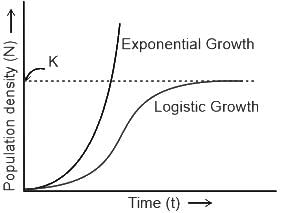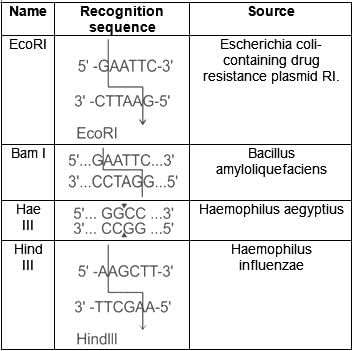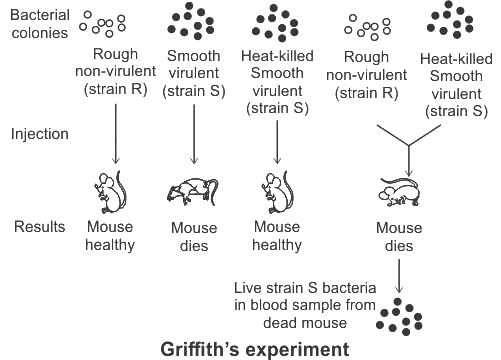Biology: CUET Mock Test - 4 - Class 12 MCQ
30 Questions MCQ Test - Biology: CUET Mock Test - 4
Which of the following pairs is not an example of homology?
Which of the following statements are correct with reference to evolution?
(A) About 500 mya invertabrates were formed.
(B) Jawless fish evolved around 350 mya.
(C) About 400 mya sea weeds existed.
(D) About 100 mya dinosaurs suddenly disappeared.
Choose the correct answer from the options given below:
Match List - I with List - II.
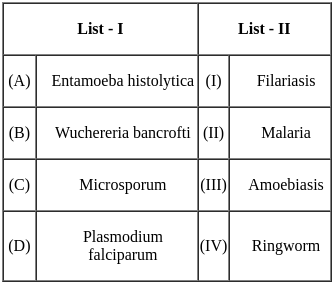
Choose the correct answer from the options given below:
Cells that release histamine and other vasoactive substances in response to allergens are -
Griffith's experiment on 'transforming principle' was conducted with which of the following bacteria?
Which of the following criterion needn’t be fulfilled by the genetic material?
Which of the following can be calculated based on crosses?
Which of the following is not a characteristic of RNA?
Which of the following cannot be determined from the recombination frequency?
Which of the following criterion cannot be fulfilled by protein?
Which of the following enzyme binds to the promoter and initiates the process of transcription?
What happens when the polymerase enzyme reaches the terminator region during transcription?
Farther the genes on a chromosome, higher the chances of ______
Which of the following stage is catalyzed by the RNA polymerase enzyme?
Which of the following is the actual structure of the tRNA?
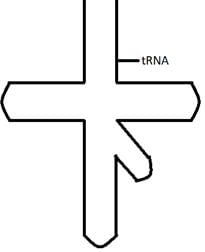




 = Rate of change of population density.
= Rate of change of population density.